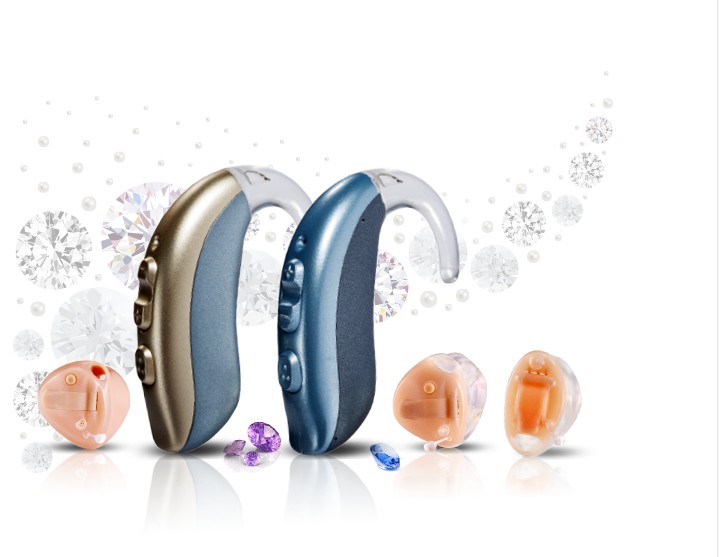Winter is here!Hearing aids maintenance must pay attention to these three points
With the advent of cold air, it gradually enters winter. For users wearing hearing aids, although it is no longer as easy to sweat the hearing aid as in summer, there are actually many hearing aid failures. How to maintain hearing aids in the cold winter?

1.Condensate
What is condensate? Just think about the sadness of wearing glasses in winter. Condensation is the process by which a gaseous substance condenses into a non-gaseous state (usually a liquid) due to a decrease in temperature. In winter, the outside temperature is relatively low, while the temperature and humidity in the ear canal are relatively high. At this time, a temperature difference is formed, and the hot air will enter the receiver through the earplug hole and condense inside, thereby blocking the sound hole and corroding the receiver, and even causing hearing aid Moisture of the chip affects the use of hearing aids.
In addition, condensed water is also easily generated in the sound tube or the earhook, which is manifested as the hearing aid is silent or the sound is low. These phenomena are especially evident on the BTE. Therefore, it is recommended to check the sound tube and earhook of the hearing aid before wearing. If condensation is found, remove the earhook or soundpipe and dry it in time.
2.Static electricity
Dry air in winter, especially in the north, can easily cause static electricity to build up. For example, the crackling sound when taking off my sweater, the tingling sensation of getting an electric shock when I meet and shake hands. A large amount of static electricity can also damage the hearing aid, causing failures such as automatic shutdown of the hearing aid. Therefore, it is recommended to eliminate static electricity before wearing and removing hearing aids, such as holding a wall with your hand.
In daily life, we must also pay attention to maintaining a certain humidity in the room, mopping the floor or using a humidifier to increase the indoor humidity, and taking a shower and changing clothes to reduce the static accumulation of the human body.
3.Battery
Low indoor and outdoor temperatures in winter will increase battery consumption, especially in the Northeast. The battery will drop voltage due to lower temperature, causing the battery to run out prematurely. Just like when we use a mobile phone in a cold area, you may find that the hearing aid battery can be used for about ten days in normal times, and only seven days in winter. This is not caused by the failure of the hearing aid, but the characteristic of the battery experiencing low temperatures.
Therefore, in winter, we need to check the hearing aid's battery more often. We can also buy a powerful battery with more stable voltage to ensure the normal operation of the hearing aid.

Hearing aids are precision electronic devices that require maintenance. The normal life of a hearing aid is 5-8 years. If it is not protected, it may be damaged quickly, but proper maintenance can extend its service life on the basis of ensuring the hearing effect.
category
